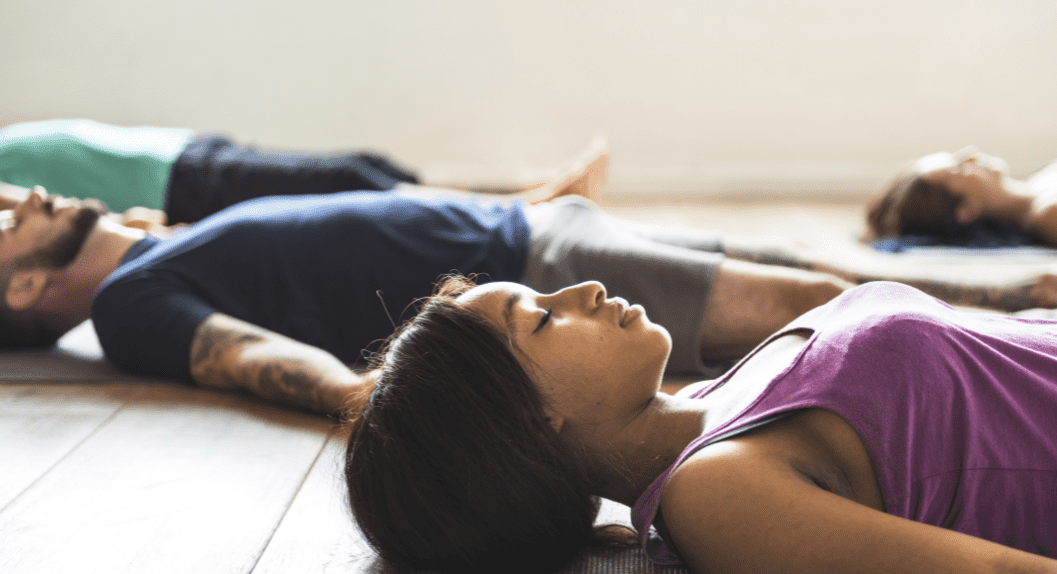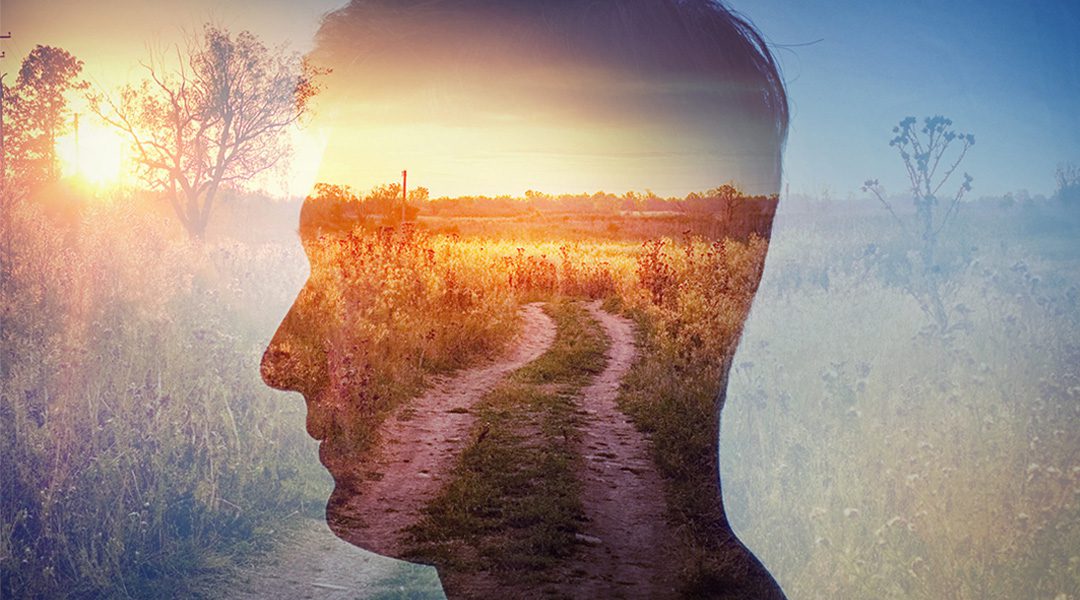Excerpted from the book, Yoga for Grief and Loss: Poses, Meditation, Devotion, Self-Reflection, Selfless Acts, Ritual
We live in a world overwhelmed with pain and grief. We may not wish to think of that, but sadly it is true. It’s easy to feel overwhelmed at the sheer amount of grief, pain, and suffering that exists in the world. When we ourselves are grieving an irretrievable loss, we may feel that we cannot help ourselves, much less anyone else.
Despite the work I’ve done for over a decade in traumatic grief and loss, I understood only recently that the most important message that can be conveyed is that of self-compassion. We can hold the pain of others only to the degree that we can hold our own.
The most basic tenant of all religions and spiritual paths is also the basis of Sri Patanjali’s famous Eight Limbs of Yoga. The order in which the Eight Limbs are written is no accident. First, we must do no harm. This is the foundation.
Ahimsa, non-violence, is the first of the limbs. Ahimsa is often translated to mean non-harm, non-violence. Not causing pain.
Sadly, human beings are often violent. Our capacity for violence of all kinds is our worst quality and greatest failing. But acknowledging our own capacity for violence—toward ourselves and others—is the beginning of change for all. Those of us in grief, those experiencing after-effects of trauma, rarely think of the pain we may be causing and we tend to have the greatest lack of compassion where our own selves are concerned.
Lack of compassion toward the self leads to lack of compassion toward others—both of which are forms of violence. This is a difficult truth to face. Deep pain is almost always related to deep fear. If we look inside grief and pain, we cannot help but see the fear that resides there as well.
Underlying violence is almost always fear. We are regularly filled with fear, of the unknown, of others, of change. To avoid feeling our own pain, or being in pain, we often cause pain to others as a form of protection against perceived vulnerabilities. When our security is threatened on any level, our inner capacity for violence is stimulated. When any part of what we perceive as our security is at risk, we immediately begin enacting ways to stop the threat. This may take place internally or it can be an all-out fight, but it is always a form of violence. Any time we experience any amount of hostility or antagonism, inward or outward, there is violence—even if but a seed. The danger is that when tended, seeds grow. The experience of grief can bring with it many feelings and experiences rife with violence. Whether a loss was violent or not, it often feels that way.
The state of the world may intensify feelings of violation, violence, and fear. We may want to lash out, to harm, to destroy. Angry thoughts may fill our minds. To feel powerlessness in the face of utter destruction is pain that ultimately cannot properly be described with mere words. Often when people are filled with despair, anger results. We may withdraw and direct violence toward ourselves in the form of neglect, or outwardly in harmful behaviors that can damage body, mind, and spirit—our own as well as others’.

“Lack of compassion toward the self leads to lack of compassion toward others—both of which are forms of violence.”
Violence, inward and outward, is often a part of grief and loss—and part of the human condition. We live in a world where anger is often more acceptable than sadness. Anger itself is not the problem, violence is the problem. It is perfectly okay to be angry. You have permission to feel anger. Anger is a signal that something is wrong, and when your beloved is dead, when loss has destroyed life as you knew it, there is something very wrong. When loss upon loss builds, something is very wrong. Recognizing that the feelings are important and being aware of how we direct the energy of anger and fear make the difference. Learning to replace violent and destructive feelings and tendencies with those which are loving and constructive can be difficult but it is possible. This is Yoga.
Taking good care of yourself is essential in grief. This includes managing feelings of anger and fear—the seeds of violence. Yet, most of us have extreme difficulty with self-care. Sometimes this is because we are so overwhelmed by pain that we simply do not have the energy to act in a caretaking way for ourselves. Other times we may feel emotionally unable to engage in any act of love or care toward ourselves. We may feel undeserving of care or love. Because we are already in so much pain, because we may feel we do not deserve to have anything other than pain, that there can never be anything other than pain in the future, we often do not care about the pain we may cause ourselves. Or we may feel that no pain can be greater than the pain of being without our beloveds.
Awareness is the beginning of change. Can you observe without judgment any violence that has occurred, or may be occurring, inside you? Can you peel back the layers to see what lies beneath? Is there fear, anger? Where are those directed? Do you regularly perpetuate thoughts or engage in behaviors that cause harm to your body, mind, psyche, or spirit? The first step to dissolving the roots of violence is recognizing that violence has taken root. Is there a seed that may grow? Observe with love and compassion and without judgment any violence inside you and how it manifests.
I invite you to spend some time thinking, with as much compassion as possible, about ways both large and small that you do harm to yourself. This itself is a form of self-care. You do not have to force yourself to change thoughts or actions, but rather attempt to become lovingly aware. Slowly and gently you can add small ways of caring for yourself. Those small ways may turn into greater acts of self-care.

Self-compassion includes self-care.
Self-care is physical—taking care of your body with good food, sleep, exercise, massage, movement, sunshine, nutrition. It is mental—self-help books, music, art, creativity, seeking and finding a well-trained counselor who understands grief and bereavement. It is spiritual—meditation, nature, study of spiritual books, chant, ritual, prayer, contemplation, speaking with trusted spiritual leaders. Self-care is also found in reaching out to community—friends, family, neighbors, co-workers, finding support groups.
Right now, I ask you to connect with your feelings. Place a hand on your heart, and ask yourself, “What is the most compassionate thing I can do for myself right now?” And then, can you do that thing? This the practice of ahimsa, the most fundamental of the yogic limbs. If we could all practice ahimsa together, on our most fundamental internal levels, we could create a far more easeful and peaceful place to live.
OM Shanti, Shanti, Shanti.



